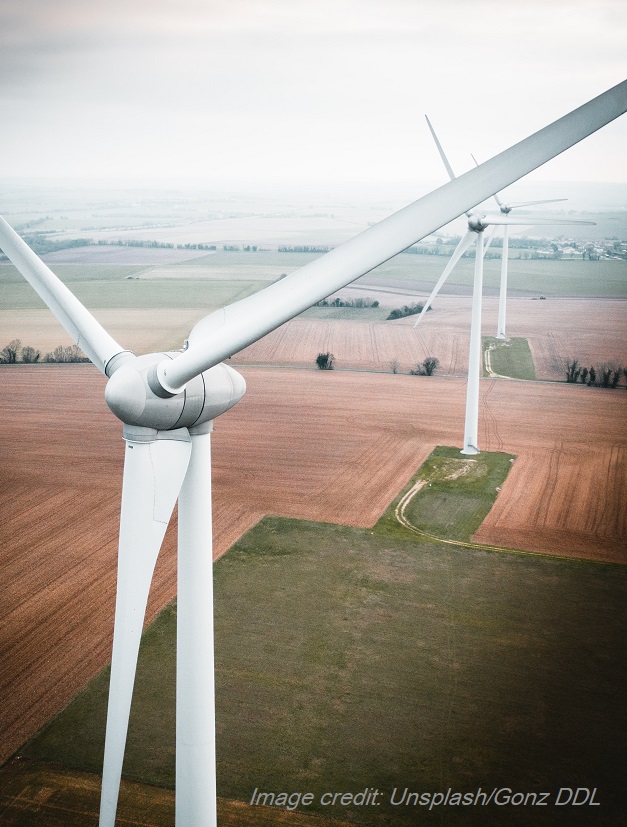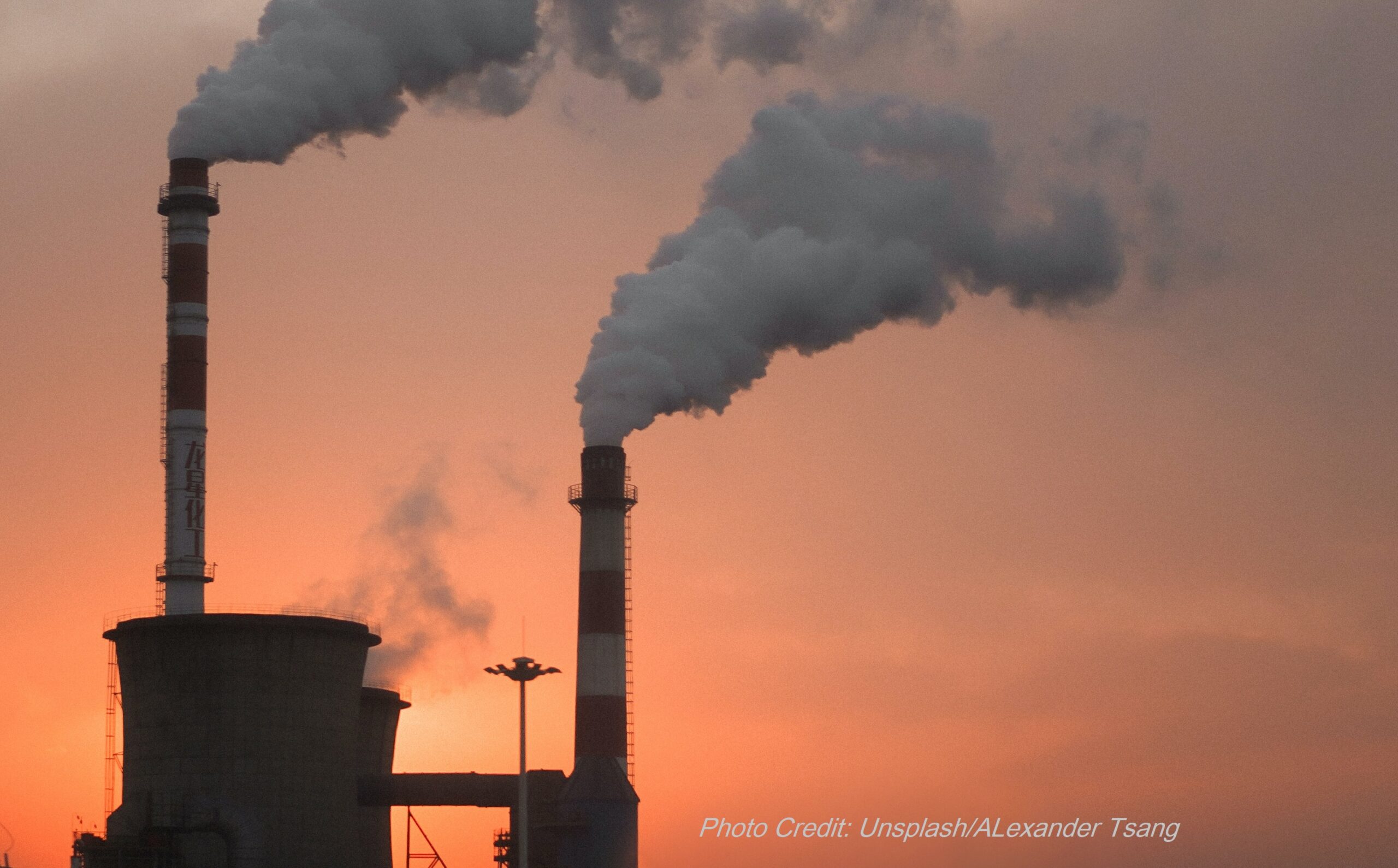What is this wonky sounding thing, a Clean Energy Standard, and how does it affect health?
A Clean Energy Standard is when we say that a certain amount of energy must be made from clean, renewable sources. The Biden administration has called for 100% clean energy by 2035, with 80% clean energy by 2030.
There are several variations of a Clean Energy Standard. One is like the Regional Greenhouse Gas Initiative. Others just specify that a utility’s energy production must be 80% or 100% clean by a certain date.
How does this affect our health?
Air pollution causes 1 in 5 deaths worldwide, and at least 15% of all deaths in the US (13.1% from PM2.5 from fossil fuels and 1.6% from nitrogen oxides, and still more from ozone). The changing climate is causing health harm right now, including deaths from heatwaves, hurricanes, storms, flooding, and wildfires. A Clean Energy Standard that reduces air pollution would reduce deaths within the first year of reduced air pollution.
As with any policy or legislation, the devil is in the details. What is counted as clean energy? Does that include nuclear, natural gas (cleaner than coal), biomass (renewable but creates lots of air pollution), hydropower, solar, wind, or geothermal? How is it counted? Do utilities get to trade credits (this would allow some utilities to remain dirtier and not clean up their air), do utilities get to bank credits (do more up front and use those credits later, say in 2040). How is the CO2 or other air pollution measured and counted? Does the policy allow dirty facilities in overburdened environmental justice communities to keep going?
Does Clean Energy Cost a lot?
We would indeed be spending money building new sources of energy. But we would save huge amounts from reduced health Right now, the NRDC estimates that not doing anything costs the US AT LEAST $800 billion dollars a year. And this is an big underestimate, because it does not include a lot of the burden children face from air pollution: low birth weight, preterm birth, autism, damaged lungs. It also doesn’t include costs related to strokes and dementia, or from harder to quantify conditions linked to air pollution such as diabetes, kidney disease, high blood pressure, and decreased school performance or worker productivity. Researchers at Syracuse University, Harvard, and Georgia Tech just released an analysis that a Clean Energy Standard could prevent 9200 premature deaths for the year in 2030.
Several groups have evaluated different Clean Energy Standards, including NRDC, the Bipartisan Policy Center, and a group of researchers from Syracuse University, Harvard, and Georgia Tech. Our partner, the Southern Alliance for Clean Energy, has created a blueprint for how the Southeast can achieve 100% clean energy using wind, solar, and geothermal.
Mothers & Others For Clean Air supports a Clean Energy Standard provided that it is truly clean, with no credits for any fuel that still produces CO2, and provided that it is just and equitable.
07/16/2021





